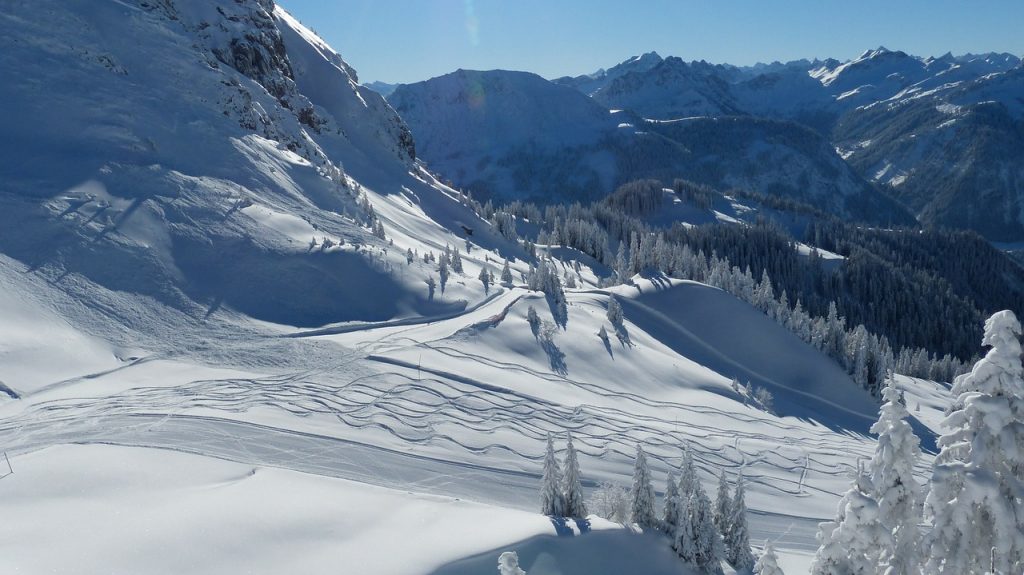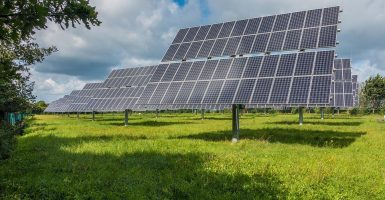Severe Weather Causing Avalanche Risk In One US State
This article is more than 2 years old

Western Colorado is on high alert because of a warning for avalanche risk in effect. Winter storms that are traveling in are only making matters worse. The Colorado Information Center is warning of the dangers involved with a mountainside amount of snow rapidly falling.
Avalanche risk is typically at its highest in January and February. However, if the conditions present themselves, an avalanche can occur at anytime. This makes for a dangerous situation, as weather conditions in western Colorado are currently bringing in heavy snow and strong winds.
Heavy snow and powerful winds make for favorable conditions to trigger an avalanche risk warning to go into effect. Old, weak snow is currently being covered by new, heavy snow that is falling down in Colorado. This combination of new and old snow is dangerous as the fresh snow can easily slide down the old snow and cause an avalanche to occur in the blink of an eye.
Avalanche risk should never be taken lightly. Jake Hutchinson, a safety instructor and avalanche rescuer, has warned people that surviving an avalanche is rare. It is hard for rescuers to get to potential victims in time, so people should just stay clear of the slopes if a warning is in effect.
Winter storms are working their way through eight states in the western part of the United States. These storms are bringing in a massive amount of snow, rain, wind, and other unfavorable weather elements. Colorado is not the only state experiencing weather alerts like the avalanche risk warning that is currently in effect.
Avalanche risk is not the only problem Colorado and other states are facing as nasty winter weather rolls in. Some parts of the Rocky Mountains are expected to get over a foot of snow. Traveling, in general, will be hazardous, and traveling up mountains will be impossible as the storms continue.
While Colorado is on alert for avalanche risk, Montana is facing blizzard warnings. Winter winds are gusting up to 60 miles per hour. High winds mixed with snowfall equals whiteout conditions.
As states are facing avalanche risk, blizzards, and other unfavorable weather are hitting hard; the Colorado Avalanche Information Center is working harder to provide education to everyone who may be planning a trip to the Colorado mountains. The information center is aimed at educating and helping people reduce their risk from avalanches. The program also partners with The Colorado Department of Natural Resources to provide all the information it can to keep people safe.
Since the 1950s, avalanches have contributed to the most deaths of any natural disaster in the United States. Colorado, in particular, accounts for 33% of all avalanche deaths in the United States. Avalanche risk information can save lives if people take the time to stop and listen before traveling up a mountainside when there is any snow on the ground.
With one-third of avalanche deaths taking place in Colorado, avalanche risk warnings should never be ignored. Mother nature and all her elements should be treated as the powerful entity that they are. One tiny person stands no chance when it comes to facing a mountainside of falling snow.







